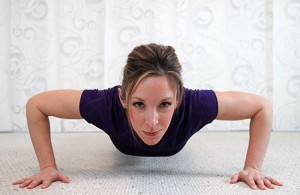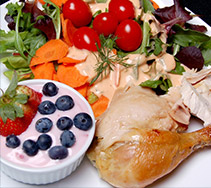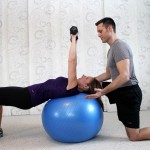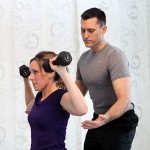If all had gone as planned, I’d have completed two intense weeks of training for my 5k race by now. Unfortunately, as usual, I have been unable to stick with a routine that involves a commitment to long cardio sessions. So, two weeks in, I’m pretty much in the same shape as I was when I made this pledge. Here’s why.
Week 1
Monday: Set my alarm, assuming my birthday celebration hangover would be gone by day two…it wasn’t. I turned off my alarm.
Tuesday: No longer hungover but still sluggish. My workout time consisted of watching Real Housewives of Beverly Hills as I “recovered” from sets of 10 pushups or 20 crunches. (I really think Vicki looked better before her plastic surgery…and Tamara looks great this season, she’s anti-carb, it seems to be working…)
Wednesday: Early in to work, no time
Thursday: Feeling lazy, 30 minutes of treadmill walking
Friday: The week is already a wash…no reason to wake up.
Not likely to be running a 5k at this rate, time to start over.
Week 2
Monday: Insomnia kept me up most of the night, turned off my alarm.
Tuesday: Middle of the night visits from both of my children and again, I’m up for hours. Turned off my alarm…again.
Wednesday: Finally, success! Thirty minutes of cardio with a total of one mile of running (well, jogging).
Thursday: Forty five minutes of interval training, I’ll do anything not to stay off the treadmill.
Friday: Thirty minutes of cardio, again alternating between half mile walking and jogging. So far, I sustain a half-mile at a slow jog. I’m not feeling ready to move on to week 2, particularly since the schedule suggests not moving on until you can run 2 miles without stopping.
Well there it is. Two weeks into my forties and I’ve not accomplished much. I once had a college professor who was trying to encourage us to pursue post-graduate degrees. She said, “Five years will come and go and either you will have accomplished something or you’ll be in the same place you are today.” I always think of those words as I find myself stagnating in the same place for too long. Two weeks have come and gone and here I am in the same place. If I’m not careful, five weeks will come and go and I’ll still be here. So tomorrow, I’ll try again. Week 1 take 3.






